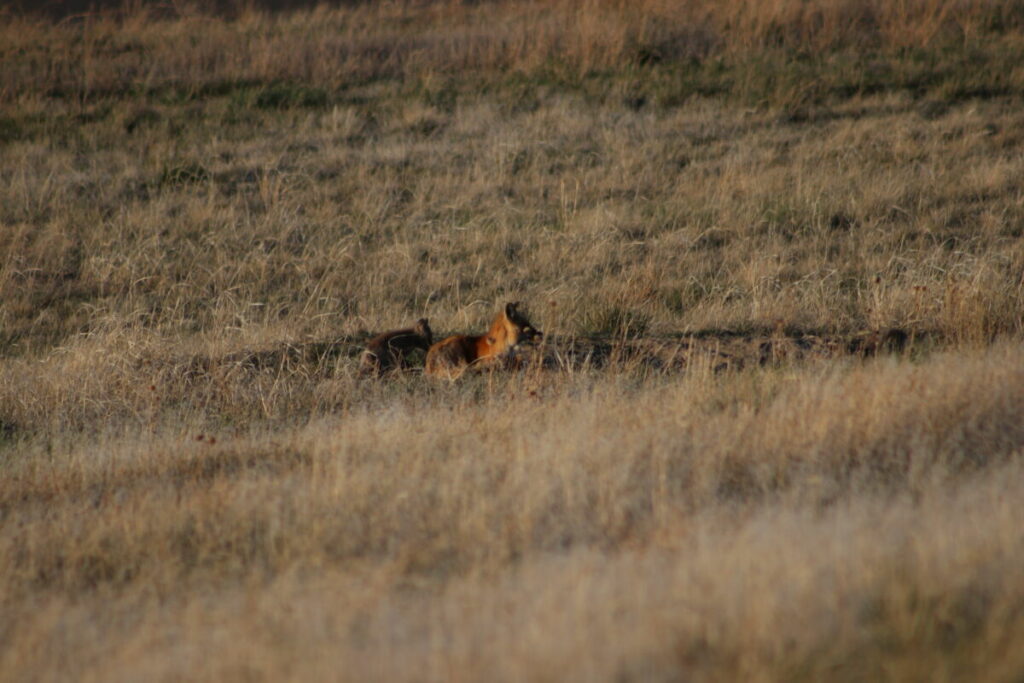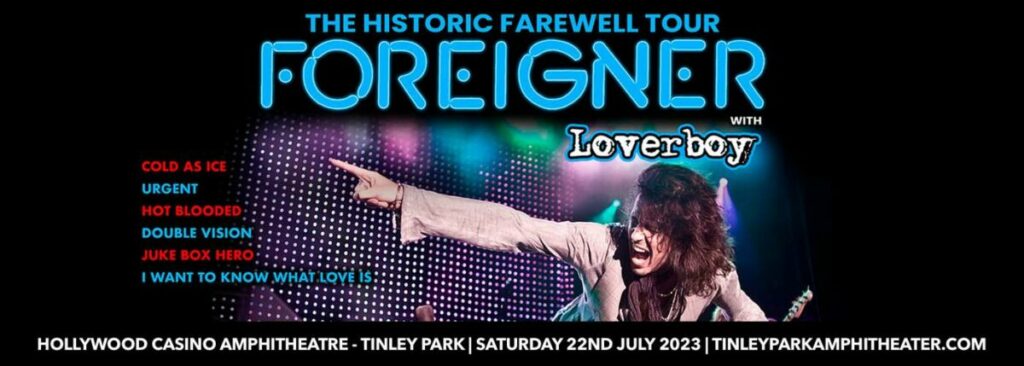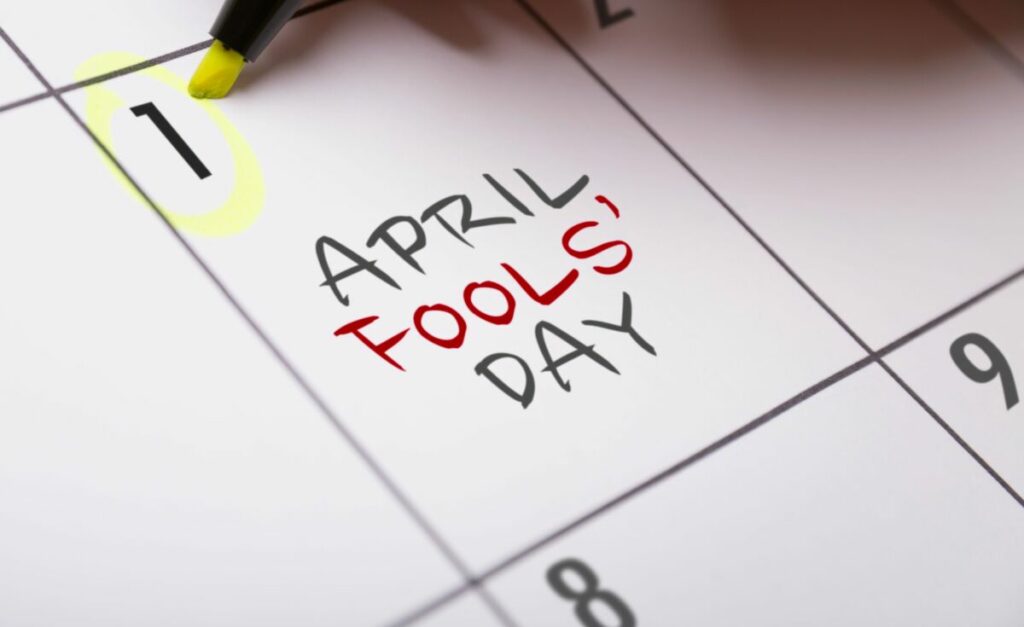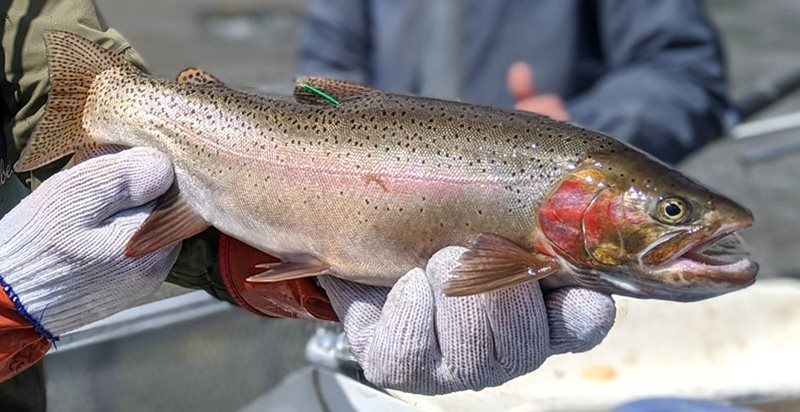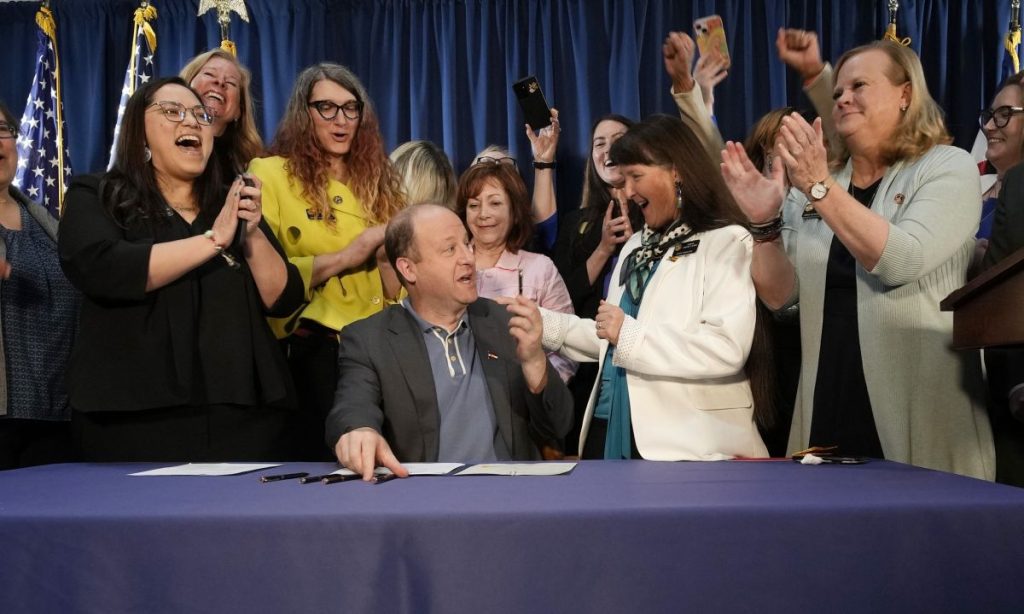Driving in Yellowstone National Park? 7 Important Tips for Travelers
Written by Nick on April 15, 2023
Driving in Yellowstone is How Most People See the Park
Yellowstone National Park is an incredible place that inspires wonder through its stunning wildlife, natural beauty, and rich history. If you haven’t visited Yellowstone, there’s no time like the present for planning your trip.
But keep in mind that each year, about four million other people have the same idea. And most of them end up on the narrow, two-lane road that loops through the park.
Between the park’s aging infrastructure, inclement weather, and traffic congestion courtesy of your fellow motorists, driving in Yellowstone can be a headache. But for most of us, it’s a necessity, and there’s no sense in letting it put a damper on your excursion.
That’s why we put together this list of seven tips to help you prepare so you can relax and enjoy the park safely while driving in Yellowstone.
1. Set Yourself Up for Success
The first thing to know about driving in Yellowstone is that it’s not going to be as efficient as what you’re used to. There are plenty of people on the road during the summer tourist season, and at peak times, driving is going to feel like one of your less pleasant commutes home from work.
This simply goes with the territory, and there isn’t a thing you can do about it. There are certain places, like at the West Entrance on busy days, or around Old Faithful, where traffic is going to be particularly slow.
Take deep breaths. You’ve survived sitting in traffic before, and you’ll get through this, too.
The worst thing you can do is expect to zip through the park, or even make halfway decent time. Plan your days inside Yellowstone accordingly. Build some buffer time into your schedule so you can avoid the stress and frustration of being late.
2. Understand the Vehicle Fee Structure
Knowing what you’ll pay to enter the park ahead of time goes hand-in-hand with planning ahead to avoid becoming stressed about the traffic. Whether you enter Yellowstone on your Harley or in the family SUV, you’re going to have to pay at the entrance station.
Most people who end up driving in Yellowstone travel in a single, private vehicle. The entrance fee for these vehicles is $35.
The entrance permit you purchase will allow unlimited park entries for seven consecutive days. If you enter the park on the eighth day after you bought your entrance pass, it’ll be expired, so expect to buy another one.
Of course, while most people driving in Yellowstone do so in a car, truck, or SUV, this doesn’t apply to everyone. If you’re in a different situation, check out our guide to the fee structure for entering Yellowstone National Park.
3. Don’t Stuff Your Schedule
Commonly, Yellowstone visitors take a bit longer than they’d expected to reach their destination and, upon arriving, realize there’s more to explore than they’d anticipated.
Say, for example, you just stopped at the Grand Canyon of the Yellowstone. Maybe you didn’t anticipate walking down to the overlook at the Upper Falls, but you decide it’s worth a shot. You walk down, take in the gorgeous view, and decide it’s time to depart.
But the hike back up the trail to your vehicle proves far more challenging and takes much longer than you thought it would. Now, not only are you sweaty and out of breath, but you’re also behind schedule and in a rush to get to your next destination.
Avoid this scenario.
Not only does this type of rushing make you less safe while driving in Yellowstone, but also, it’s just not fun. And isn’t that the point of your trip?
Nobody does the entire park in one day. In fact, depending on how busy it is when you arrive, doing the Upper Loop or Lower Loop in a single day can be a stretch.
Prioritize the sites you want to see, pad your schedule generously, and even consider staying a night inside Yellowstone at one of the lodges. This way, you can relax and spend your time enjoying the park’s majesty instead of rushing to your next stop.
4. Don’t Stop in the Middle of the Highway
Hopefully, you got a chuckle out of reading that subheading. It should go without saying, right? Nobody in their right mind would stop right in the lane of traffic while driving in Yellowstone National Park, right?
Unfortunately, common sense isn’t so common. You’ll likely see vehicles stopped on the roadway multiple times during your trip, so drive defensively and always leave yourself plenty of braking distance.
Look, in their defense, Yellowstone can surprise you. The scenery and wildlife sometimes present themselves in ways that are simply too good to pass by.
But that’s why there are pull-outs, people. Use them.
You’ll find plenty of parking areas while driving in Yellowstone, so you can pull off, put your vehicle in park, and then enjoy the sights. And, please, when you do pull off, remember that heros use their turn signal.
5. Watch for Wildlife on the Roadway
Several points to cover here.
First and foremost, keep your eyes on the road. Yeah, there’s a ton to see on either side, which is why it pays to have people with keen eyes in your travel group. Let them do the spotting, and if there’s a grizzly bear you can observe from a safe distance, pull over and park before you start looking.
If you aren’t paying attention, you could dent someone’s nice new rental car. Even worse, you could hit a bison, elk, or other animal.
Especially during the winter and shoulder seasons, heavy snowfall makes Yellowstone’s roads the ideal travel corridors for wildlife just trying to survive the frigid conditions. During the spring season when the park first opens, it’s not uncommon for snow to remain piled high on the roadside, so animals could a) be walking down the middle of the road, and b) have difficult getting out of the road quickly as you approach.
Give them plenty of space and time. Don’t approach too closely, or you could end up like this person, who had their vehicle headbutted by a bison as a terse warning while driving in Yellowstone.
Even when the weather is perfect, bison herds often cross the highway, especially in places like the Hayden Valley. Again, give them plenty of room to maneuver, don’t do anything that might make them feel threatened, and be patient while driving in Yellowstone.
6. Get Up Early
This relates back to planning wisely, but it’s worth mentioning as a standalone tip. Put simply, the early bird gets the worm.
Depending on where you’re staying, you could have a ways to go before you even enter the park each day, and you don’t want to be stuck in line at the entrance station with hundreds of your closest friends. However, this is common, so again, pack your patience.
If you get up early and enjoy a quick breakfast, you can get out the door and be in the park before the droves of your fellow visitors. That means less traffic, both on the road and at the sites you want to see most while driving in Yellowstone.
Sure, getting up early is easier said than done, especially if your teenagers aren’t exactly morning people. But it pays to get into Yellowstone before all the other tourists arrive.
7. Flex Your Meal Schedule
You probably eat breakfast sometime between 6am and 8am, then have lunch around noon, and sit down for dinner around 5pm or 6pm, right?
Well, so does everybody else. Which is why meals are one of the things that most often put people behind schedule during their Yellowstone travels.
Consider eating a little earlier or a little later than you would at home. By doing so, you can avoid peak traffic at the restaurants inside the park, meaning you spend less time standing in line and more time enjoying Yellowstone.
The more intentional you can be with your scheduling, the easier driving in Yellowstone will be.
Curious about the culinary options inside Yellowstone National Park? Check out our handy guide to dining in Yellowstone.
